Pretty Pretty Petunias
PRETTY PRETTY PETUNIAS
Petunias are one of the most popular annual garden flowers for use in borders and containers. In fact, the Proven Winners® list of its ‘Top 50 Best Selling Annuals’ awards the top three slots to a petunia variety. And it’s not hard to see why…
- Petunias are prolific bloomers;
- They come in a variety of colors;
- They can be striped, veined, spotted or solid;
- Some have single blooms while others have double blooms;
- Some have smooth petals while others are more ruffled;
- Some cascade while others mound beautifully in the landscape.
In other words, there is a petunia for every gardener!
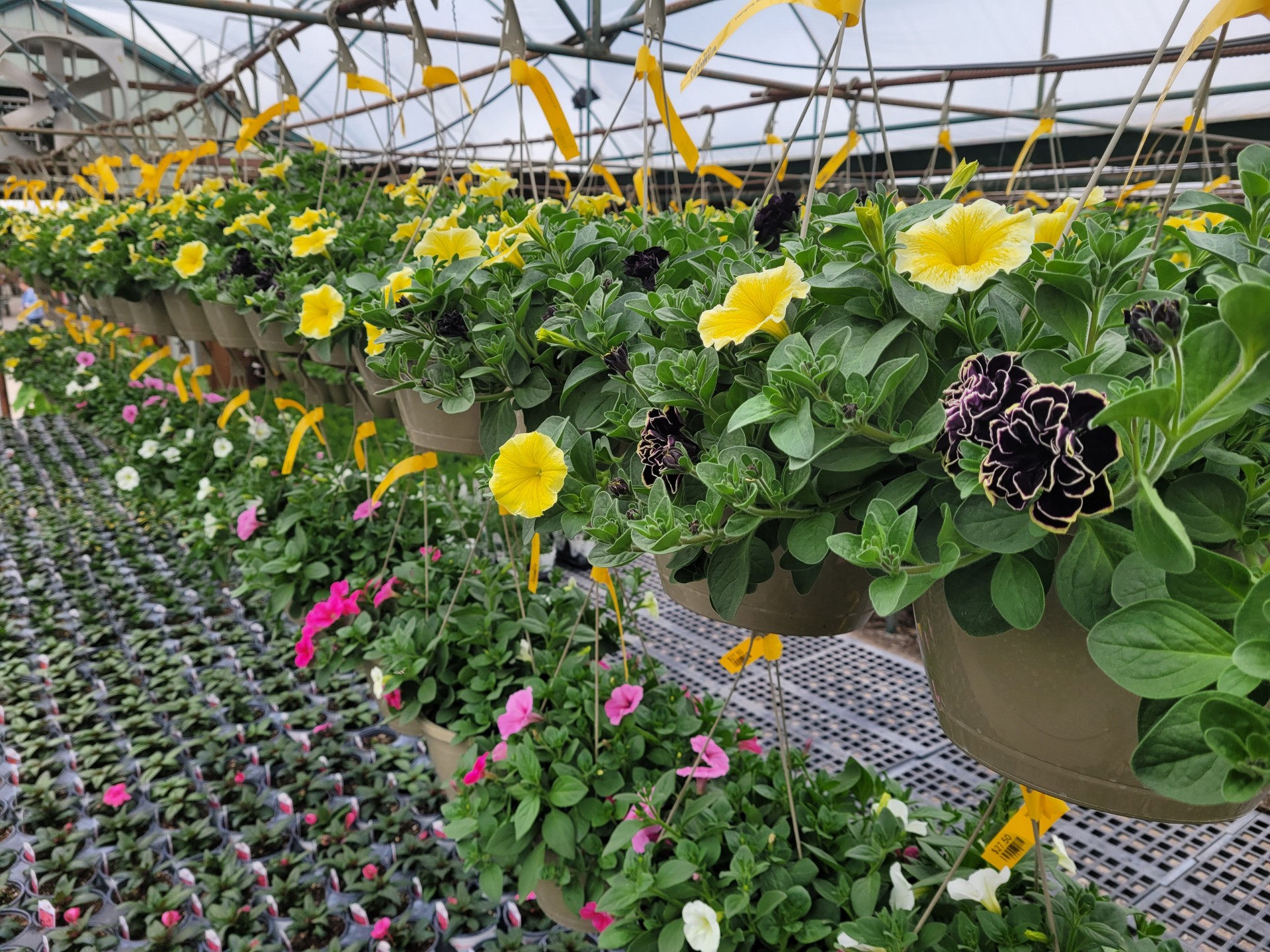
PETUNIA TIPS
Petunias are some of the earliest annuals available at Marcum’s Nursery. In Oklahoma, petunias provide spring blooms that last into summer. Extreme summer heat can temporarily cause blooming to stop, but – if cared for properly – petunias will often bloom again in the fall.
Here are the keys to having success with petunias this season!
LIGHT
Generally petunias prefer full sun, meaning at least six hours of direct sunlight most days, to bloom abundantly. However, as summer temperatures rise, moving petunia baskets or pots to a spot with partial shade (especially shade from the strong afternoon sun) is a welcome reprieve.
PRUNING
Older petunia varieties require deadheading for continuous bloom while many modern, hybrid varieties are self-cleaning. Pinching back the tips will promote more branching, and you can always prune plants that become lanky and pull off spent blooms.
WATER
Like most annuals, petunias don’t like to be dry for too long; they also don’t like to sit in soggy soil potentially rotting their roots. Consistent watering is crucial to getting maximum blooms for most annuals, and petunias are certainly no exception.
The amount of water needed varies based on multiple factors: temperature, wind, humidity, soil composition and whether planted in landscape beds, pots or hanging baskets. Set a schedule to check on and care for your flowers, and don’t allow the top couple inches of soil get dry.
Here are a few Pro Tips around watering:
- Some of our most successful clients report setting a daily reminder on their phone helps them stay on top of checking in on and caring for their hanging baskets and pots.
- Soil Moist™ granules absorb water and gradually release it into drying soil. This can help your potted petunias better survive a period of neglect.
- If you have an area you want to look really nice but that you don’t access each day, like a front porch for example, consider investing in an AquaPots® planter. AquaPots® are high-quality and durable, they come in timeless colors and designs, and they practically water and fertilize plants for you!
FERTILIZATION
Fertilizer is food! If you want petunias bursting with blooms, you have to feed them.
Petunias planted in landscape beds don’t have to be fed as often because their roots can spread out to find the nutrients they need in the soil. To get petunias in beds off to a good start at the time of planting, use Marcum’s Nursery Redbud Compost and a slow release fertilizer, such as Marcum’s Nursery Flower Food (14-14-14) or ferti-lome® Premium Bedding Plant Food (7-22-8), then feed them on 30 day intervals.
Petunias in pots and hanging baskets require more food to bloom repeatedly. For example, the hanging baskets in our greenhouses get a low dose of balanced fertilizer each day; however, you don’t have to fertilize daily to produce beautiful blooms. Many fertilizers only need to be used on 7-14 day intervals. Some water soluble fertilizer options include ferti-lome® All Purpose Water Soluble Plant Food (20-20-20), ferti-lome® Blooming & Rooting Soluble Plant Food (9-58-8) and Marcum’s Nursery Bloom Max™ (10-55-10). A couple of liquid organic options are ferti-lome® Fish Emulsion Fertilizer (5-1-1) and Fox Farm® Big Bloom® Liquid Plant Food (0-0.5-0.7). Be sure to check your fertilizer label for application instructions.
CURRENTLY BLOOMING AT MARCUM’S
Varieties vary by location. While supplies last!
Evening Safari Petunia
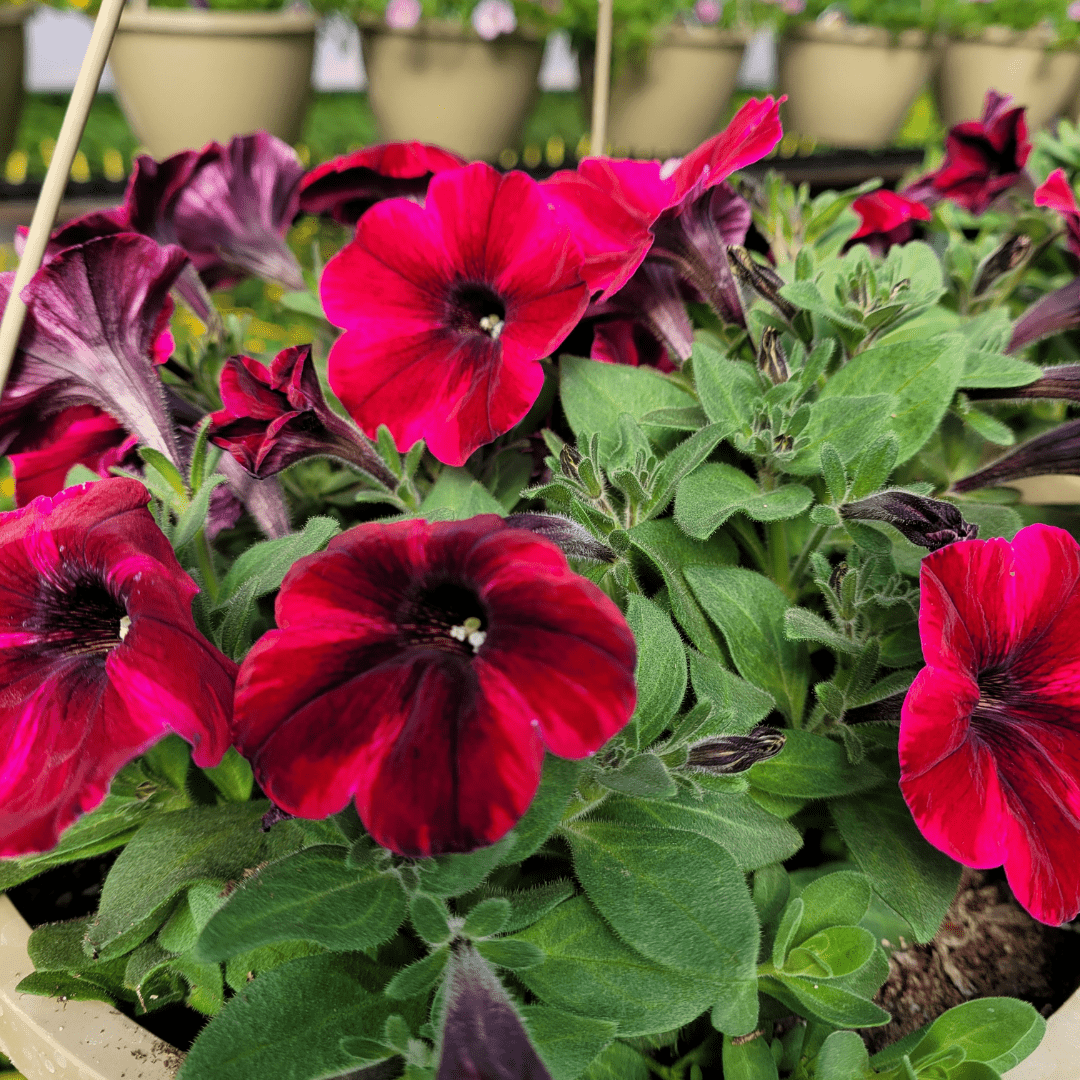
Bee’s Knees Petunia
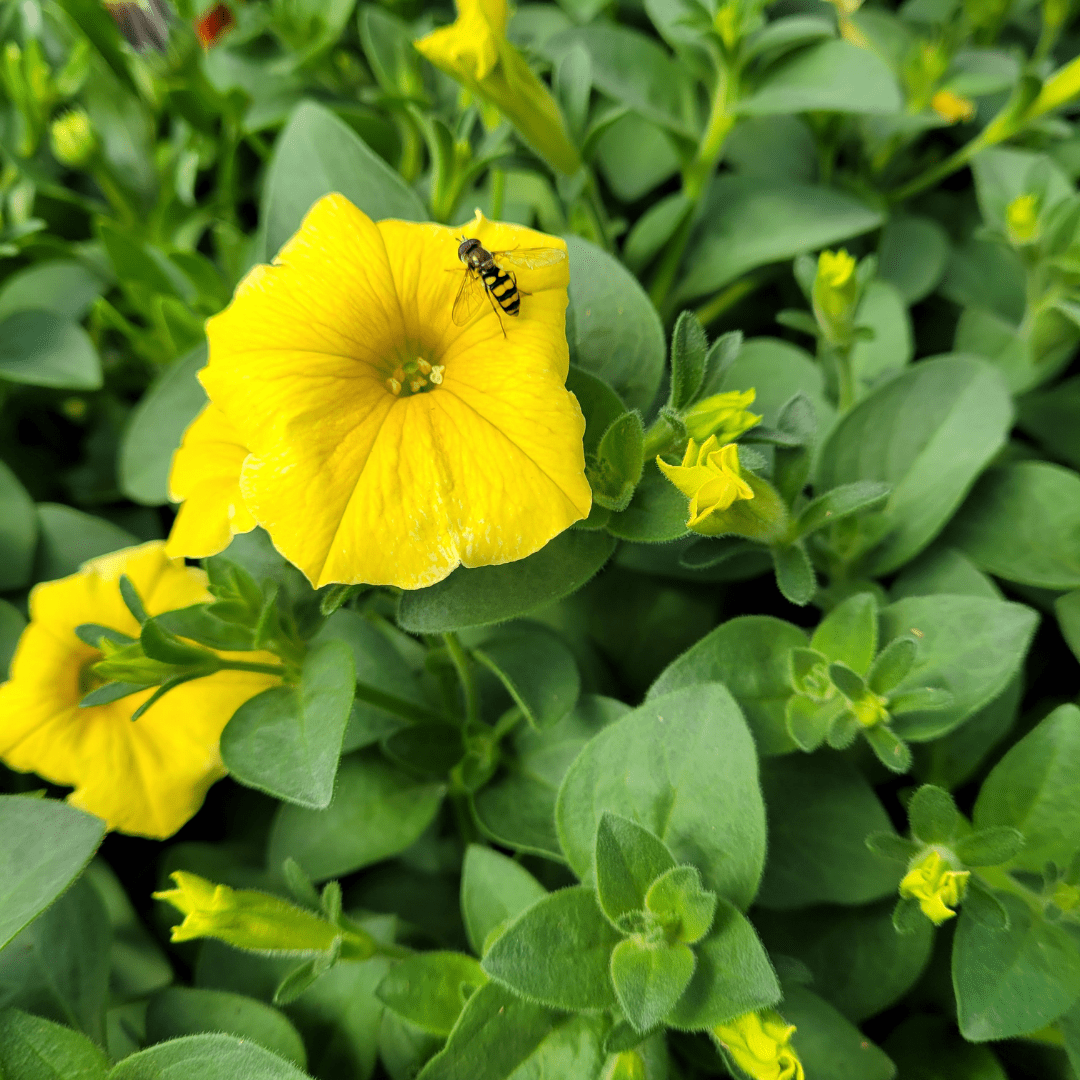
Crazytunia® Blackberry Cheesecake
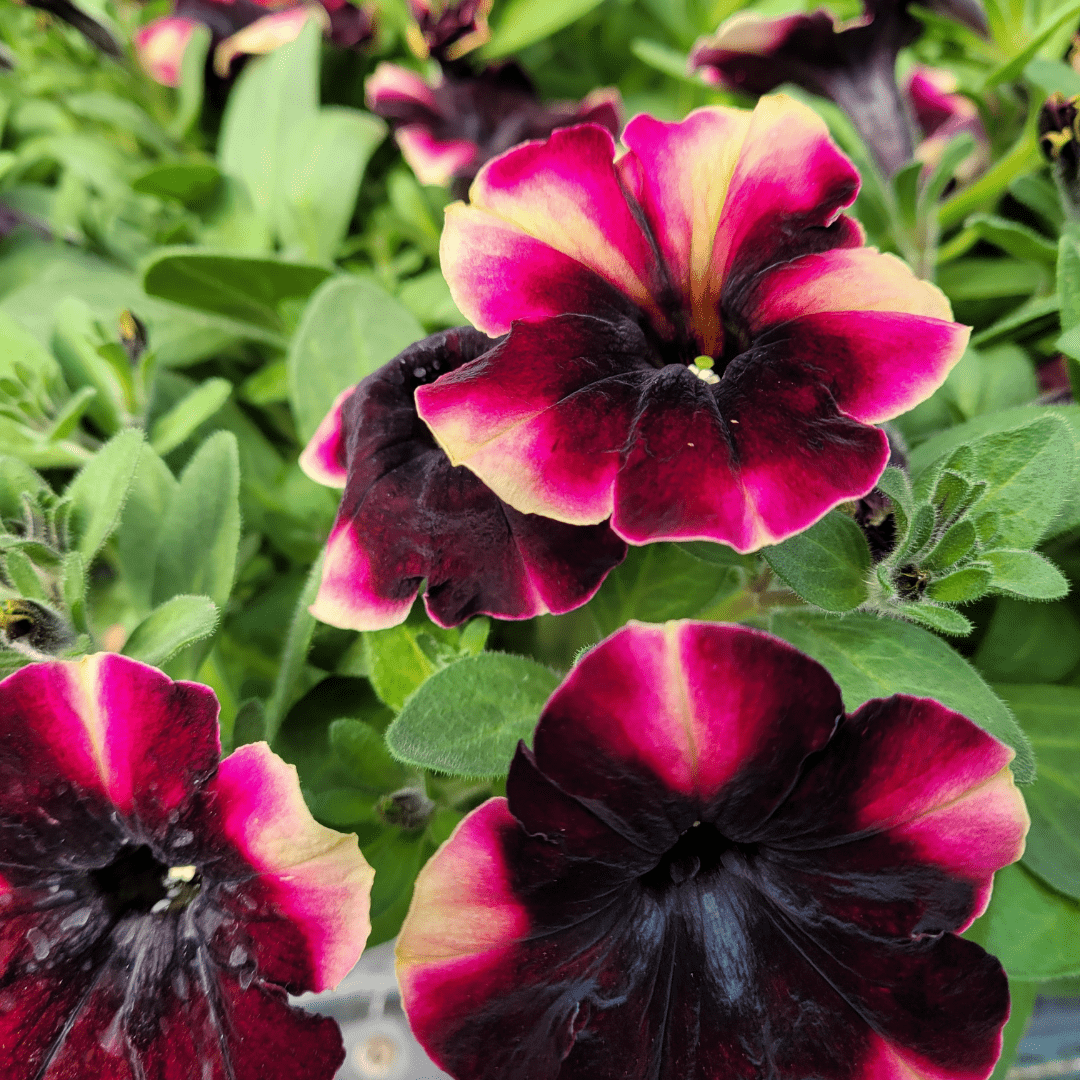
Crazytunia® Mandeville Petunia
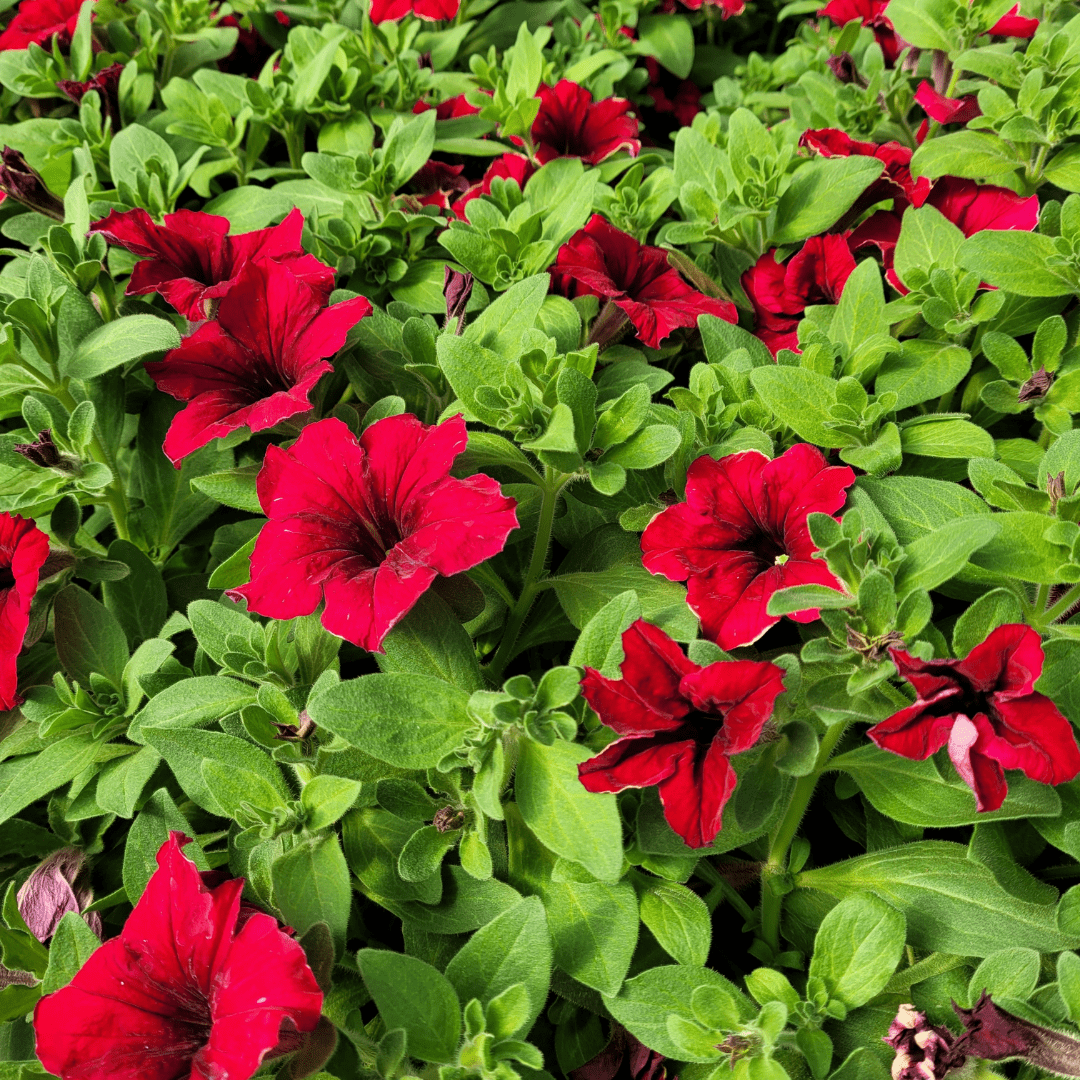
Easy Wave® Burgundy Star
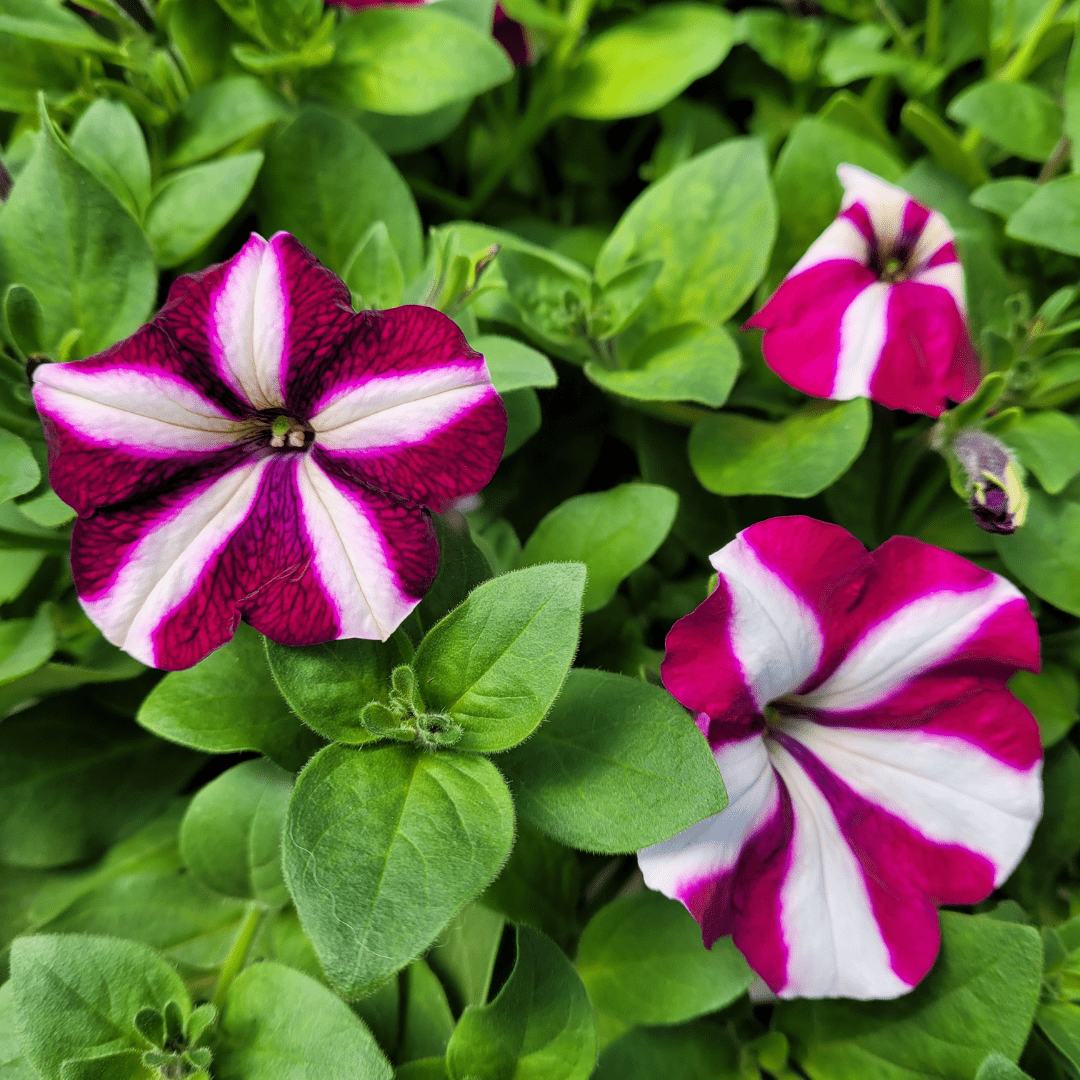
Crazytunia® Moonstruck Petunia
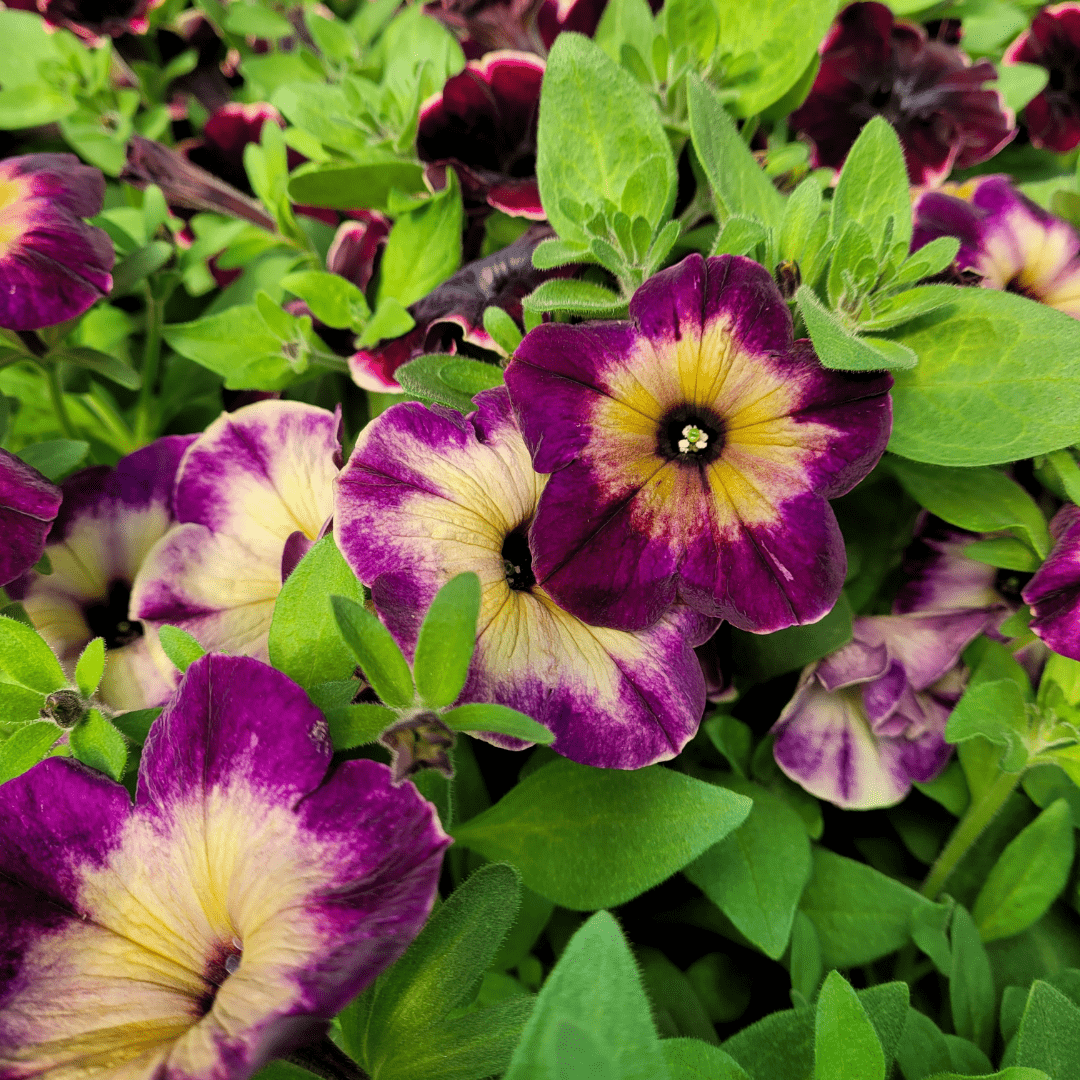
Petunia Capella™ Indigo
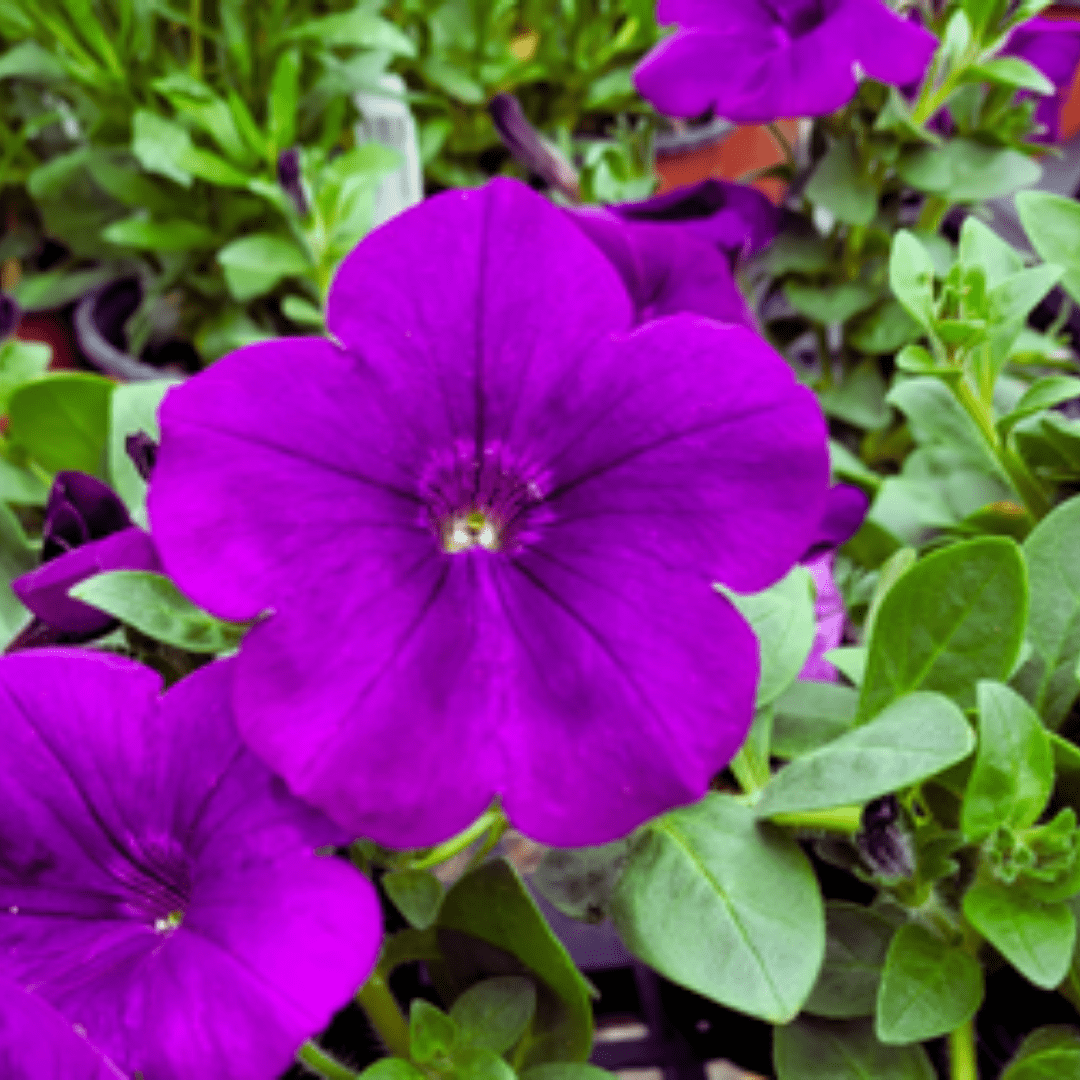
Petunia Capella™ Salmon
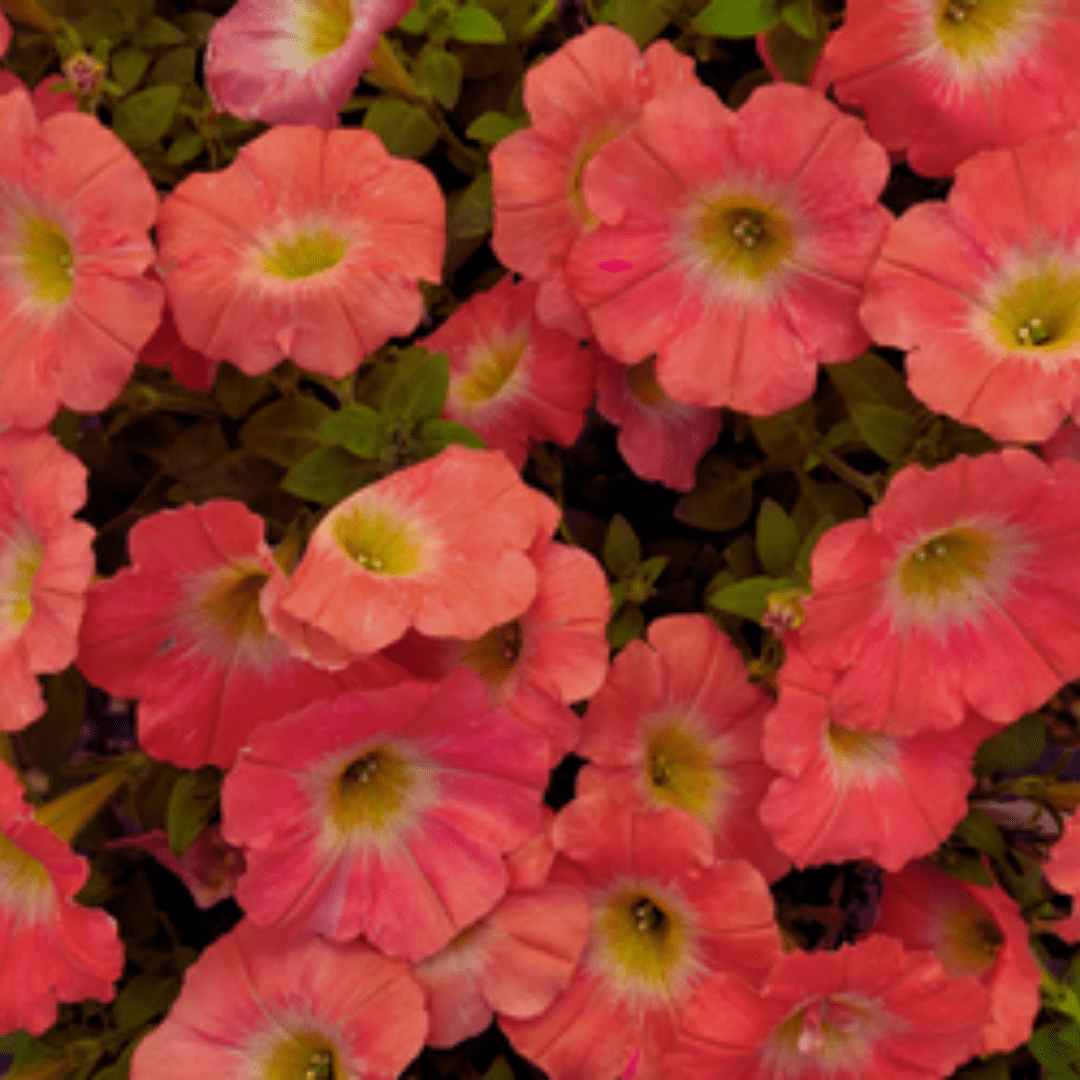
Petunia Headliner™ Pink Sky
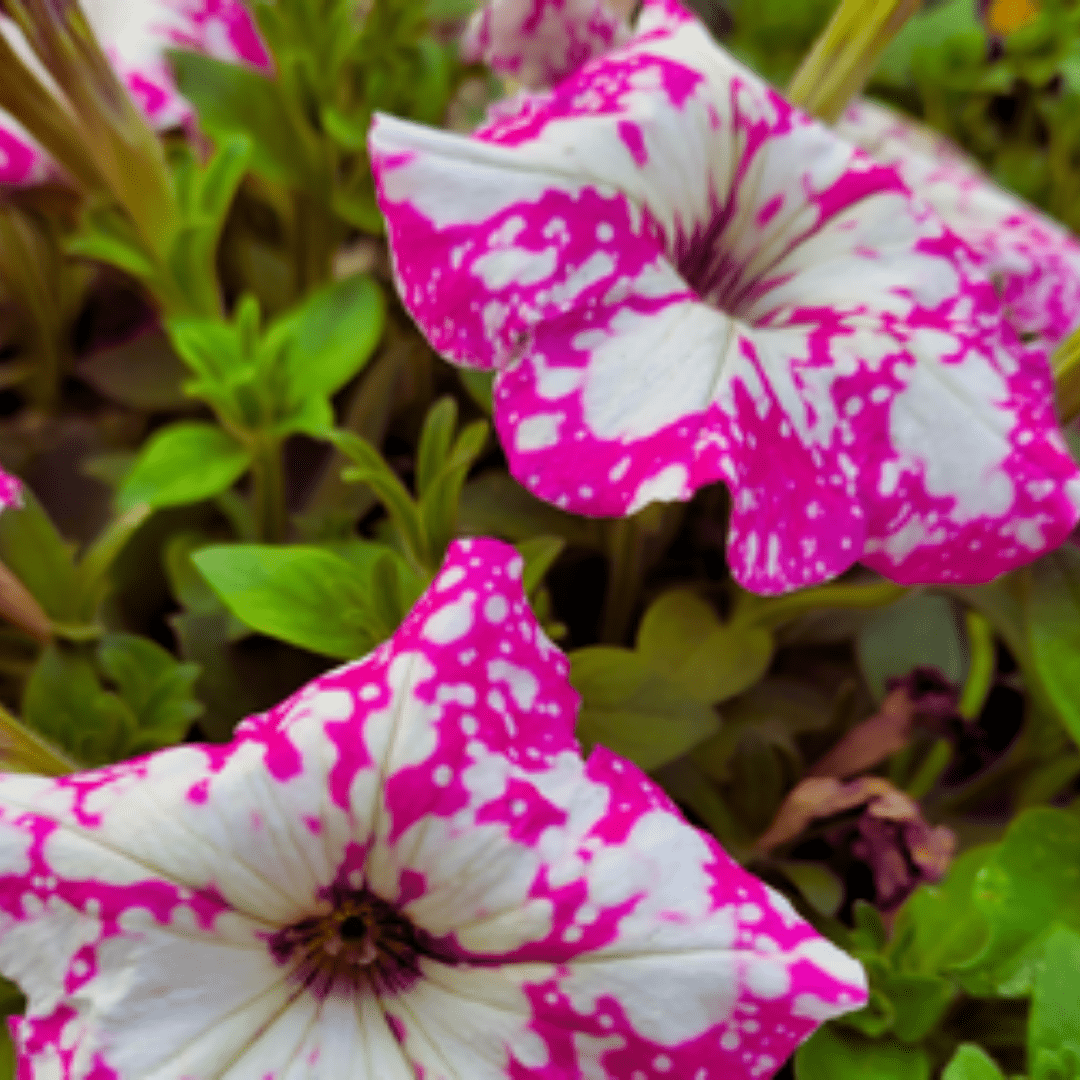
Headliner™ Starry Sky Burgundy
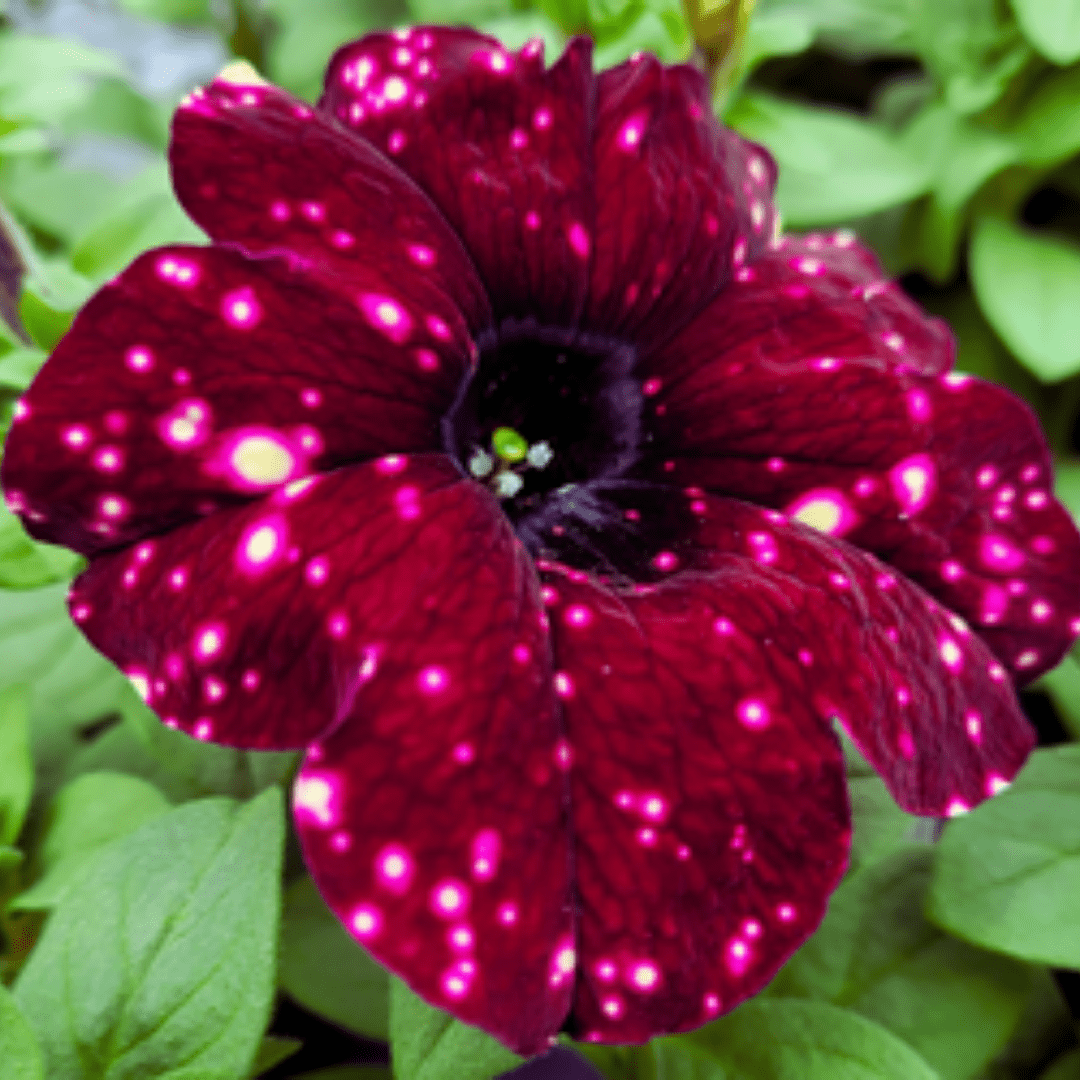
NASA Approved Plants to Purify Air in Your Home
Before investing in an expensive air purifier, we figured we’d try out a few houseplants first — they’re much cheaper— and look a lot nicer.
According to NASA’s Clean Air Study, which was designed to find ways to clean the air in sealed space stations, plants can be effective to absorb carbon dioxide, release oxygen into the air, and remove pollutants like benzene, formaldehyde, and trichloroethylene. These chemicals can cause irritation to the skin, ears, eyes, nose, and throat, as well as some cancers, according to the EPA.
The study suggests that at least one plant per 100 square feet can effectively clean the air, so fill your space with these eight detoxifying plants, handpicked by NASA, to purify the air in your home.
1. SNAKE PLANT
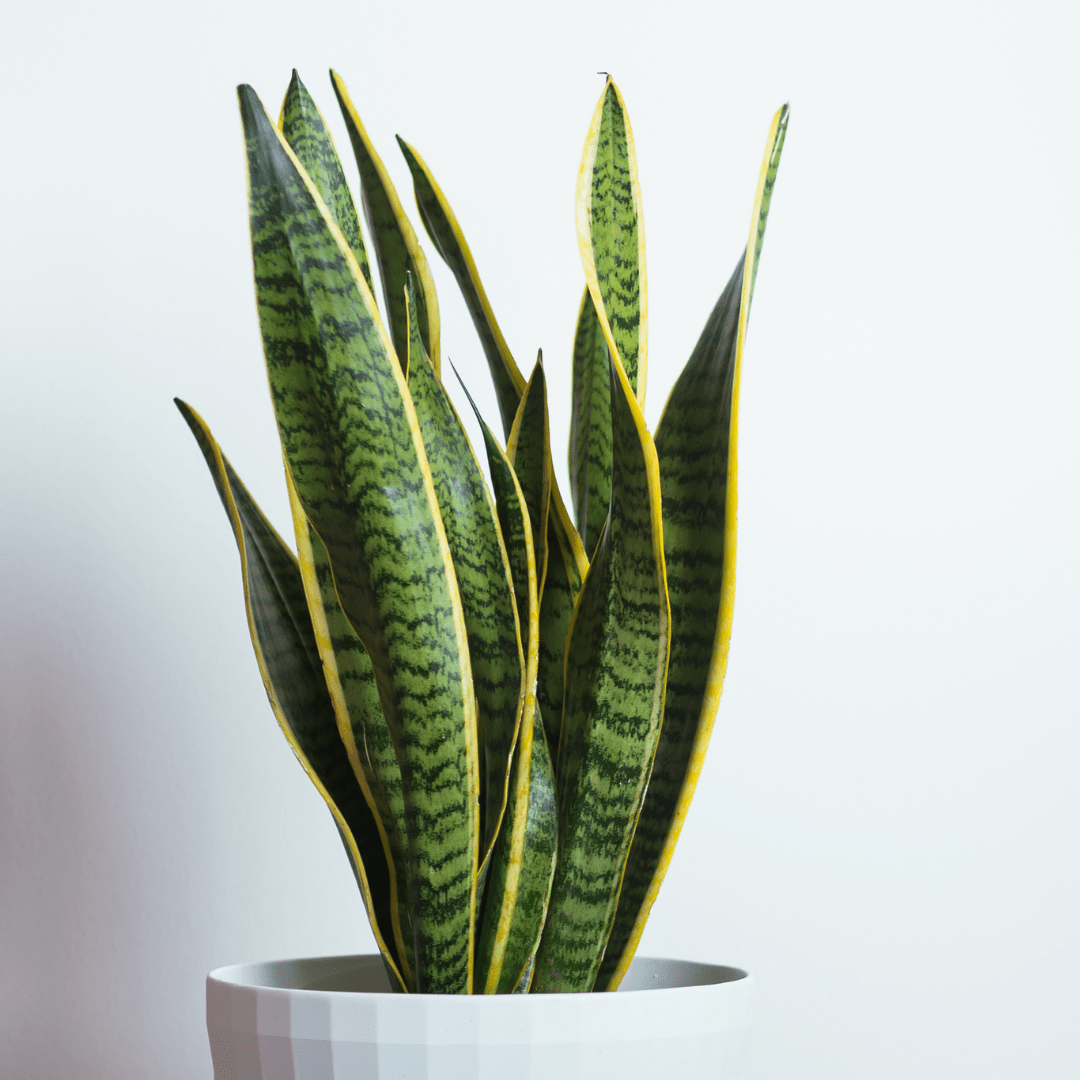
Snake Plant otherwise known as the Mother-In-Law’s Tongue is unique for its nighttime oxygen production, and ability to purify air through the removal of benzene, formaldehyde, trichloroethylene, xylene, and toluene.
2. PEACE LILY
If you’re somebody that loves flowers in the house, this is a great option for you. A peace lily produces fragrant flowers all summer long, and effectively removes ammonia, formaldehyde, trichlorobenzene, and benzene from the air. It grows best in shady areas and with the soil kept moist. Be careful though, as this plant can be toxic if eaten by children or pets.
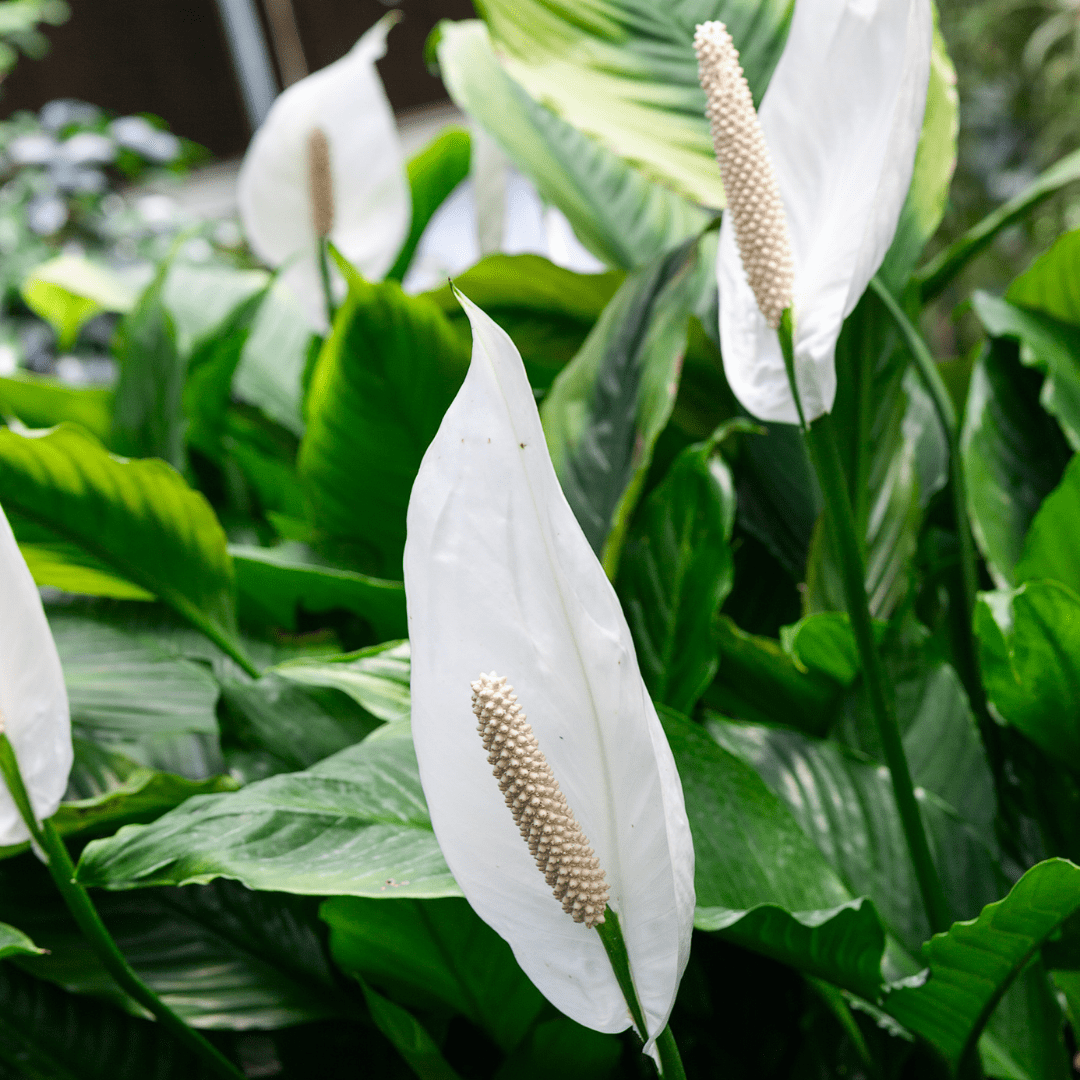
3. ENGLISH IVY
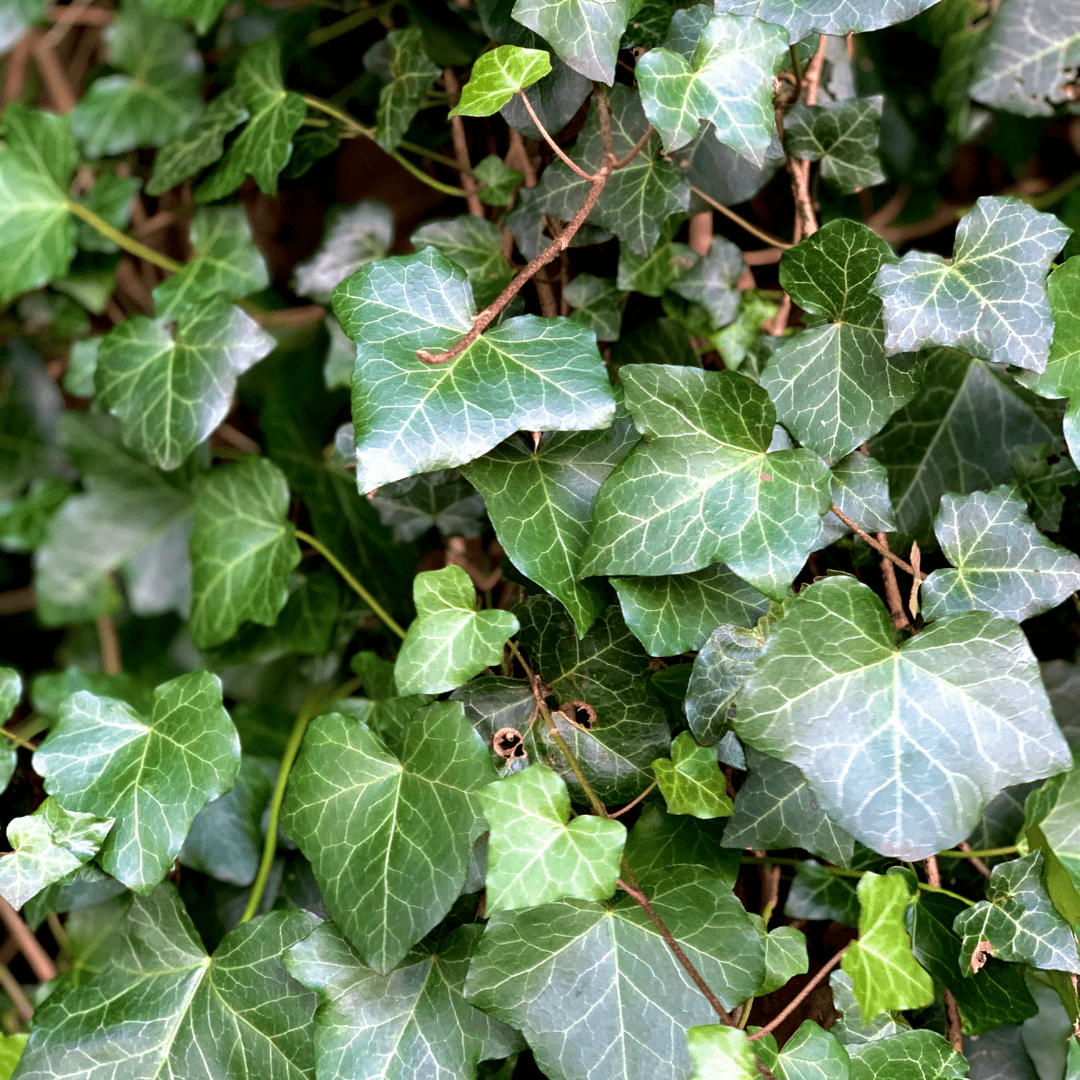
This plant is great at cleansing any benzene, formaldehyde, xylene, and toluene from the air as well as reducing any mold. The care for this plant is quite simple. It only takes three easy steps. First, be sure to keep it at a constant temperature, second allow it to receive plenty of direct sunlight, and lastly water often with well-drained soil.
4. BAMBOO PALM
This fast-growing houseplant looks majestic and is safe for children and pets. It will add moisture to the air in the dry winter months and it thrives in indirect sunlight away from any cold drafts. Take care of it by keeping the soil moist and misting its leaves.
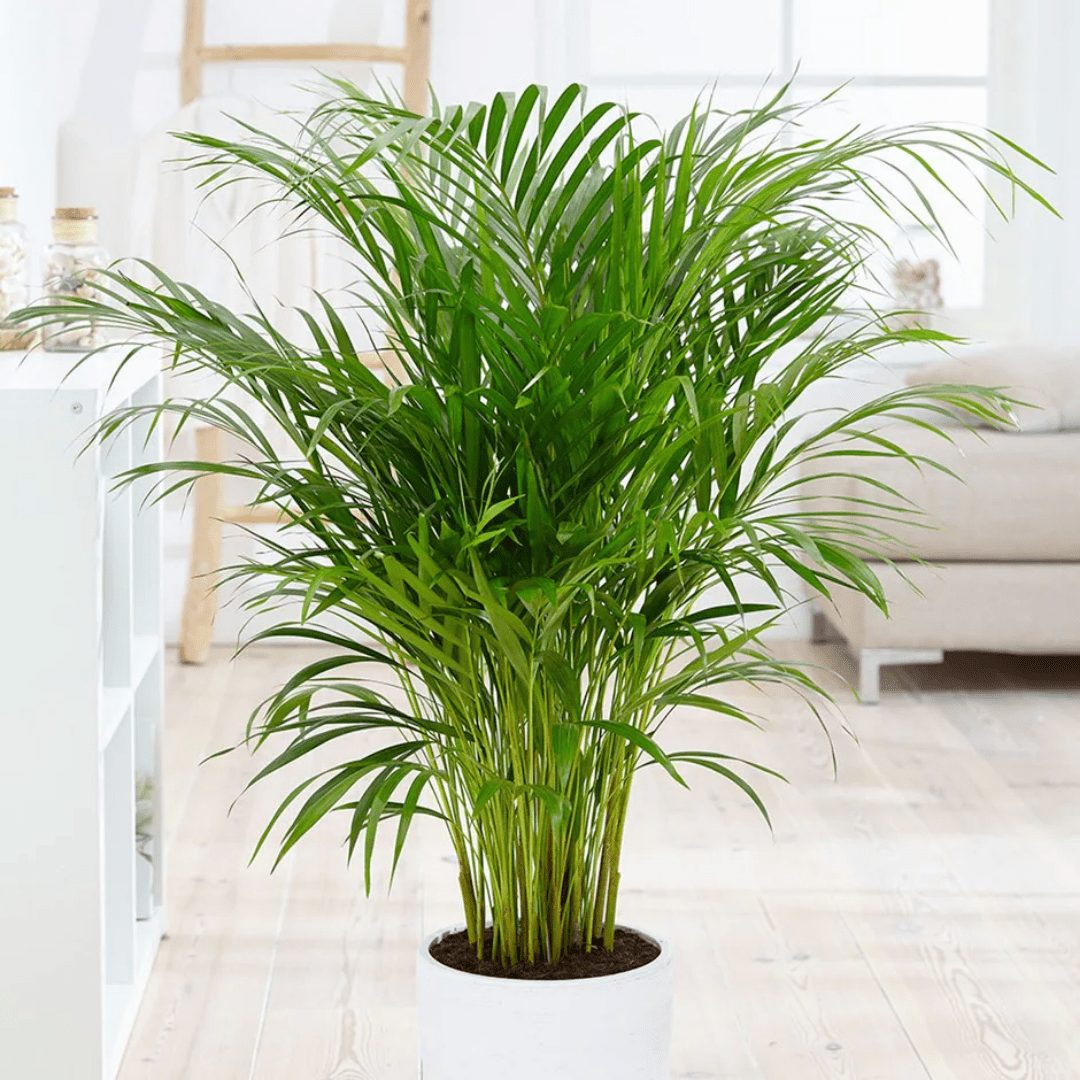
5. RED-EDGED DRACAENA
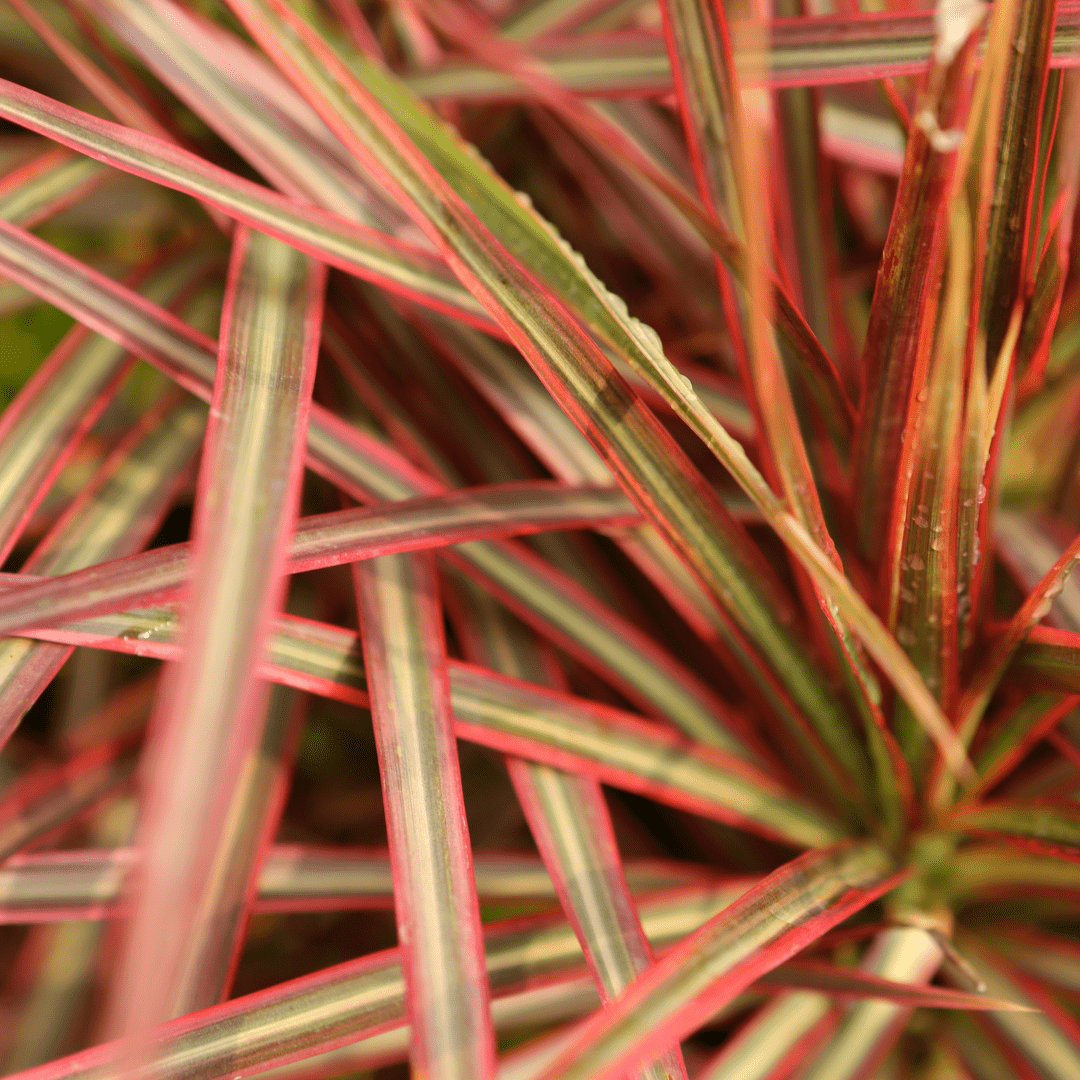
This drought-tolerant plant is good for beginners. It thrives in light. Wipe the underside of the leaves regularly with a damp cloth to make sure it can properly filter your air. Place it in a semi-shaded area and mist the soil with room-temperature water, rather than drenching.
6. MONEY PLANT
Featured by NASA, the Money Plant is renowned for its ability to remove chemicals and other pollutants from the air, specifically benzene, formaldehyde, xylene, and toluene. However, despite the benefit of its high purification rate, this plant is toxic to cats, dogs, and small children if its leaves are ingested.
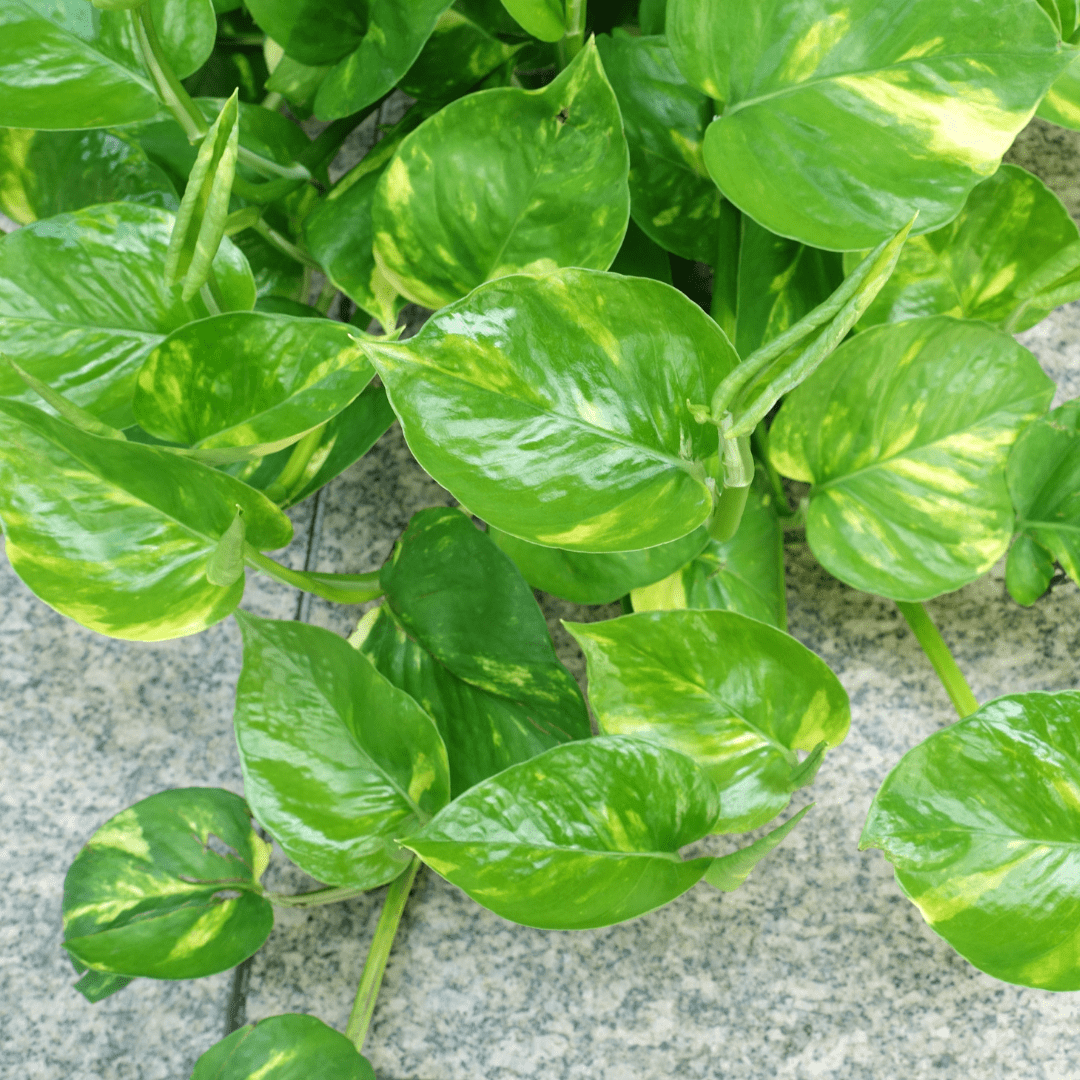
7. CHINESE EVERGREEN
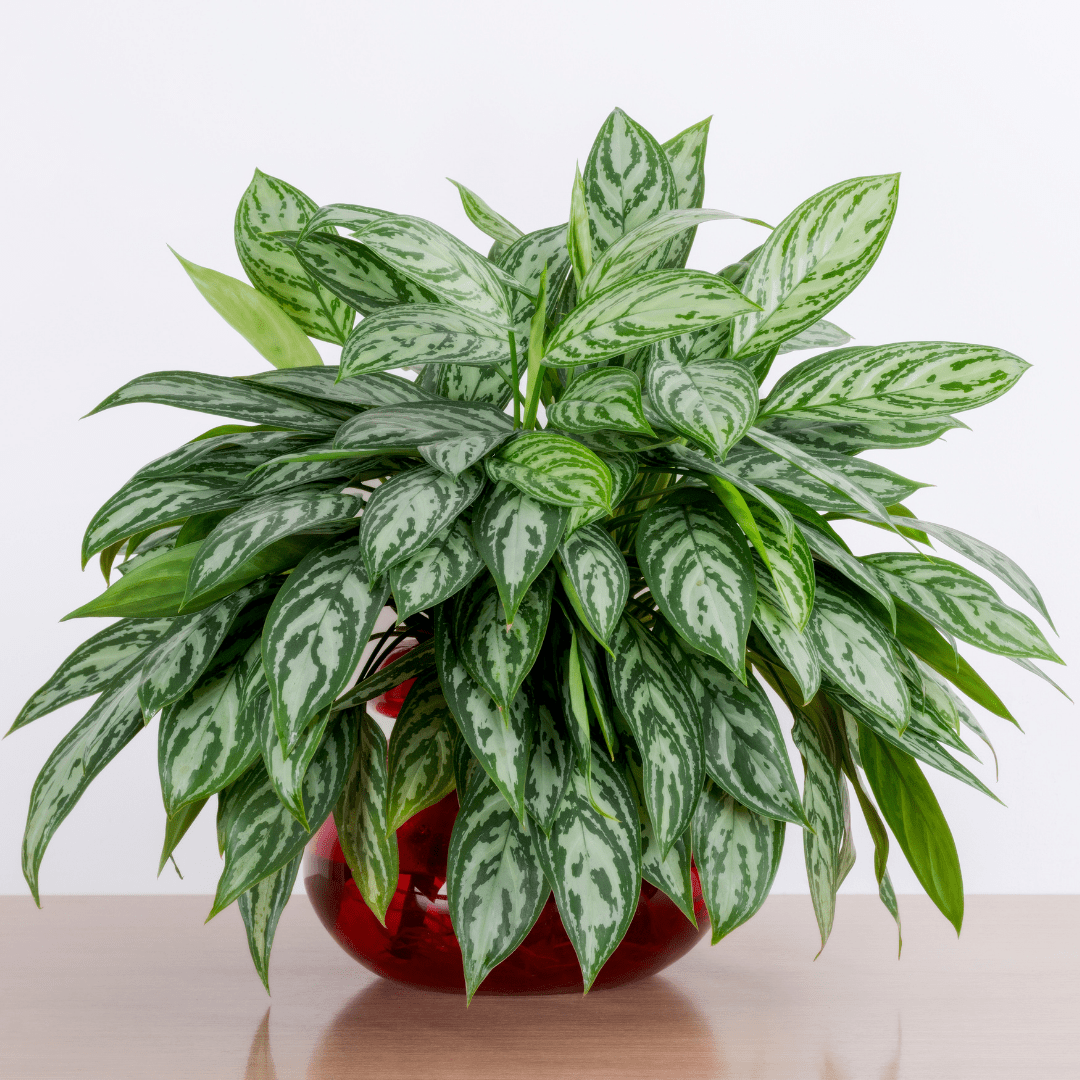
The Chinese Evergreen is one of the most common household plants and for good reason. This plant emits a high oxygen content while purifying indoor spaces of harmful chemicals such as benzene, formaldehyde and other toxins. As its name suggests, it is quite popular in China specifically for its high efficiency in removing harmful pollutants from the air.
8. SPIDER PLANT
For those of you who are houseplant newbies, the resilient spider plant is a perfect choice. It will quietly battle toxins including carbon monoxide and xylene, a solvent used in the printing and rubber industries. If you have pets, this is one of the few houseplants that are non-toxic to animals.
